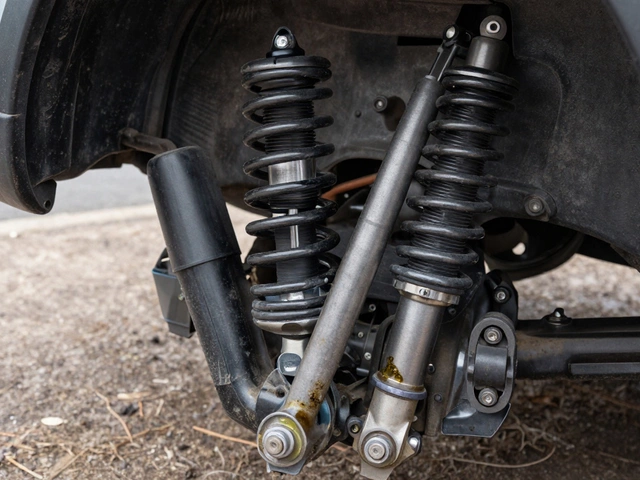Exhaust Size: What You Need to Know for Performance and Sound
When you hear the word exhaust size, the diameter of the pipe that carries engine gases out of your car. Also known as exhaust pipe diameter, it’s not just about how loud your car sounds—it directly affects how well your engine breathes and makes power. Too small, and your engine struggles to push out gases. Too big, and you lose low-end torque. It’s a balance, and getting it right matters whether you’re tuning a daily driver or building a weekend track machine.
Performance exhaust, a system designed to improve engine flow and sound isn’t just a muffler swap. The exhaust pipe diameter, the exact measurement of the pipe’s inner width, usually in millimeters or inches is the real game-changer. For example, a 300 hp engine typically needs a 2.5-inch to 3-inch diameter pipe to flow efficiently. Go bigger than that, and you might actually lose power at lower RPMs. A lot of people think bigger is always better, but that’s not true—especially for street cars. Your engine’s horsepower, displacement, and tuning all play a role. A stock 2.0L four-cylinder doesn’t need a 4-inch exhaust, and a turbocharged 3.0L V6 won’t thrive with a 2-inch pipe.
Then there’s the exhaust system, the full path from the engine manifold to the tailpipe, including pipes, mufflers, and resonators. The size of the main pipe affects everything downstream. A cat-back system with the right diameter can give you a deeper tone without drone, while the wrong size might make your ride noisy and sluggish. And it’s not just about power. The right exhaust size helps your car run cooler, improves fuel efficiency slightly, and reduces backpressure that can cause long-term engine stress.
What you’ll find below are real-world guides from drivers and mechanics who’ve tested different setups. From figuring out the best exhaust size for a 300 hp build to understanding how pipe diameter affects sound and throttle response, these posts cut through the hype. You’ll see what actually works on the road, not just on YouTube. No fluff. No marketing buzzwords. Just clear, tested advice to help you pick the right exhaust size for your car—whether you’re replacing a worn-out system or upgrading for better performance.






